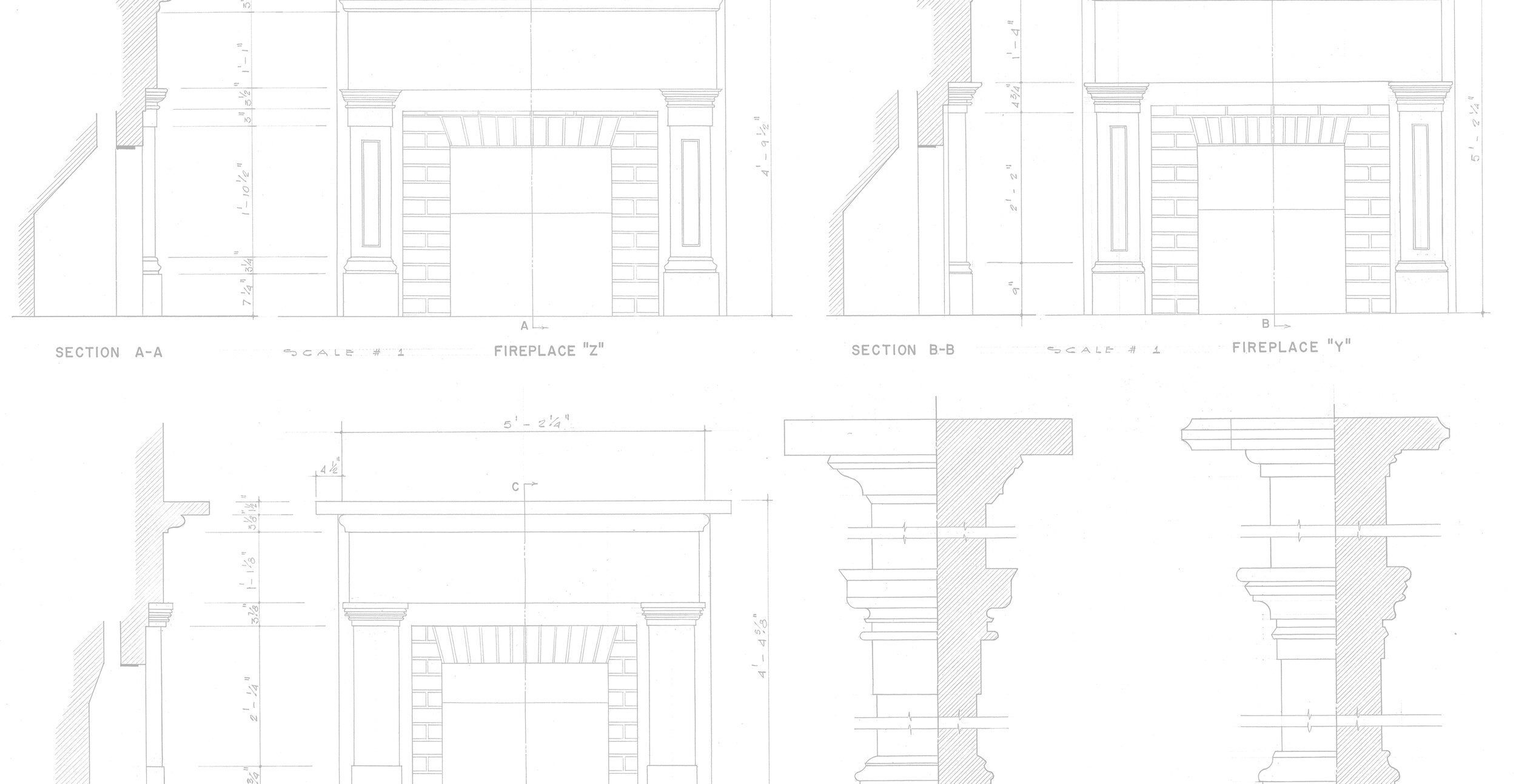
We love nothing more than spending time with students on site at the Neill-Cochran House Museum. There is something fundamentally different…visceral…about setting foot in places people walked before us. We create new pathways to understanding when we experience learning with all of our senses. However, we also recognize that it is not always possible to bring students to the museum for a field trip.
With this in mind, we have produced a suite of online curriculum for elementary through high school students. Each module includes a recommended grade level, but all modules can be adjusted to fit any grade level from middle elementary through high school. Our modules will connect you and your students deeply to our site and to Austin history through materials that complement TEKS standards in English and Social Studies. All students who complete at least one module will receive free admission vouchers to bring their families to the Museum.
The museum is pleased to offer this curriculum FREE OF CHARGE to all educators. For those who are able, we recommend a $5 donation/student for each module you access.
Orientation Film
We recommend that all students who engage with our online materials start by watching our orientation film (16 min.). The film is broken into four sections: exterior architecture, slave quarters, interior first floor, interior second floor.
Mystery Artifacts (3rd/4th grades)
This module is a follow-on for the Orientation Film.
After watching the film and gaining a sense of our site history, students complete a worksheet that features a variety of artifacts from our collection that date to different time periods.
Students are encouraged to guess, based on what they know, how each object might have been used.
Once they complete the worksheet, students have the opportunity to watch a video that explains each artifact and its use.
Components: orientation film, worksheet, revelation video
Journal as an Occupant (7th grade or HS)
What might it have been like to be in Austin in 1856 if you were Washington or Mary Hill, young and believing that the future was bright? What might it have been like to have been one of the enslaved people the Hills sold in order to finance their construction project, or to have been a Federal soldier recuperating from a devastating illness far away from your family just after the end of the Civil War, or to have been Frankie Cochran Hill living in Austin through the Great Depression.
Students watch the orientation film and then read about six different site occupants through time:
Washington or Mary Hill (1856)
Enslaved person, sold by the Hill family (1856)
Enslaved boy named Lam, working for the Asylum for the Blind (1857)
Recuperating Federal soldier (1865)
Lucinda Brown, Andrew Neill’s Mother in Law (1876)
Frankie Cochran Hill, the youngest Cochran daughter (1932)
After learning about the site’s occupants, students choose a character and write an essay from their perspective.
Components: orientation film, worksheet
DIY - History Exhibit (3rd/4th, 7th grades)
What does it mean to be a collector? What do the objects we choose to surround ourselves with say about us and about our historical moment?
This module provides an overview of the types of questions curators ask when they are working to create an exhibit and then encourages students to produce an exhibit of their own.
Either in a powerpoint or word document, or through video, students then share their exhibition.
Components: film overview of exhibition creation, worksheet
Primary Source Investigation: Census Records (7th grade or HS)
The US Census historically has been a critical resource for historians who want to understand communities’ demographics and economies. This exercise will introduce students to methods of analyzing primary sources and will give them the opportunity to come to their own understanding of elements of Austin’s past.
Students watch the orientation film and then explore both our site and Austin history through a sequence of US Census documents:
1850 Census (for Travis County)
1860 Census (for Travis County)
1870 Census (for Travis County)
1880 Census (Record for San Gabriel Street)
1900 Census (Record for San Gabriel Street)
Students will be led through the US Census materials by a worksheet, and will both identify specific topics raised (such as race, gender, country or state of origin, and employment) and create hypotheses for historical arguments based on their investigations.
Components: orientation film, online census records, worksheet
To access the curriculum, please fill out the following information and press “submit.” A staff member will follow up with you to complete your request.
